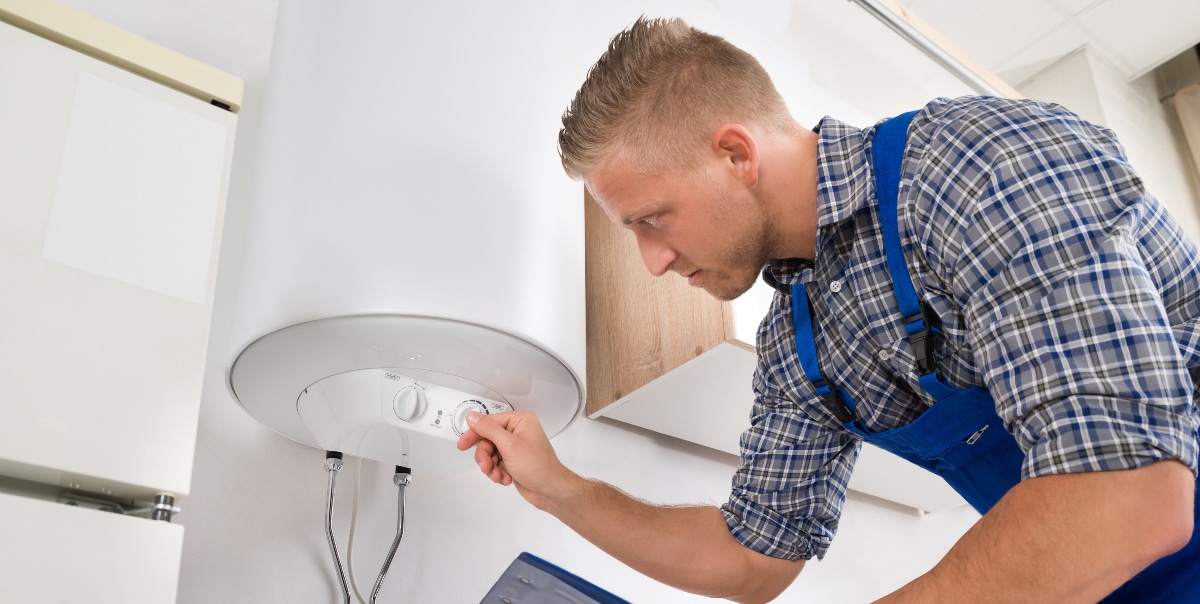How to Keep Your Home's Hot Water System in Good ConditionEffective Methods to Care for Your Home's Hot Water System Effectively
How to Keep Your Home's Hot Water System in Good ConditionEffective Methods to Care for Your Home's Hot Water System Effectively
Blog Article
Were you interested in resources around Tips For Maintaining Your Hot Water Heater?

Warm water is essential for everyday convenience, whether it's for a refreshing shower or washing dishes. To guarantee your warm water system runs efficiently and lasts longer, routine upkeep is key. This article offers functional ideas and understandings on how to maintain your home's warm water system to stay clear of disturbances and costly repair work.
Intro
Keeping your home's warm water system might seem complicated, yet with a few simple actions, you can ensure it operates smoothly for many years to come. This guide covers whatever from comprehending your warm water system to do it yourself upkeep pointers and recognizing when to call in professional help.
Value of Keeping Your Warm Water System
Normal upkeep not just prolongs the life expectancy of your warm water system however additionally guarantees it runs successfully. Ignoring upkeep can cause reduced effectiveness, greater power expenses, and even premature failure of the system.
Indications Your Hot Water System Needs Upkeep
Recognizing when your hot water system needs attention can protect against significant problems. Look out for indicators such as inconsistent water temperature level, odd noises from the heater, or corroded water.
Purging the Water Heater
Purging your hot water heater eliminates sediment build-up, enhancing efficiency and lengthening its life.
Monitoring and Replacing Anode Rods
Anode poles stop deterioration inside the tank. Examining and changing them when worn is crucial.
Facility Problems Requiring Specialist Help
Instances include significant leaks, electric issues, or if your hot water heater is constantly underperforming.
Routine Specialist Maintenance Conveniences
Expert maintenance can consist of comprehensive examinations, tune-ups, and guaranteeing conformity with security standards.
Checking and Adjusting Temperature Level Settings
Readjusting the temperature setups ensures optimal efficiency and safety.
Do It Yourself Tips for Upkeep
You can carry out numerous maintenance jobs yourself to maintain your hot water system in top problem.
Checking for Leakages
Routinely examine pipelines and connections for leakages, as these can lead to water damage and greater bills.
Comprehending Your Warm Water System
Prior to diving right into maintenance jobs, it's valuable to understand the standard components of your warm water system. Generally, this consists of the water heater itself, pipelines, anode rods, and temperature level controls.
Regular Monthly Upkeep Tasks
Regular month-to-month checks can help capture minor problems before they intensify.
Testing Stress Alleviation Valves
Evaluating the stress relief valve guarantees it functions properly and prevents extreme stress buildup.
Shielding Pipes
Protecting warm water pipes minimizes heat loss and can save power.
When to Call a Professional
While do it yourself upkeep is advantageous, some concerns require expert experience.
Conclusion
Routine upkeep of your home's hot water system is necessary for efficiency, durability, and expense financial savings. By following these suggestions and understanding when to look for professional assistance, you can make certain a trusted supply of hot water without unforeseen interruptions.
How to Maintain an Instant Hot Water Heater
Before tinkering with your hot water heater, make sure that it’s not powered on. You also have to turn off the main circuit breaker and shut off the main gas line to prevent accidents. Also turn off the water valves connected to your unit to prevent water from flowing into and out of the appliance. 2. When you’re done, you have to detach the purge valves’ caps. These look like the letter “T” and are situated on either side of the water valves. Doing so will release any pressure that has accumulated inside the valves while at the same time avoid hot water from shooting out and burning your skin. 3. When the purge valves’ caps are removed, you have to connect your hosing lines to the valves. Your unit should have come with three hoses but if it didn’t, you can purchase these things from any hardware or home repair shops. You can also get them from retail stores that sell water heating systems. Read the user’s manual and follow it to complete this task properly. When the hosing lines are connected, open the purge port’s valves. 4. You should never use harsh chemical cleaners or solutions when cleaning your unit. Make use of white vinegar instead. It should be undiluted and you’ll probably use about 2 gallons. 5. Now flush your water heater. This task should probably take about 40 minutes. We can’t give you specific directions for this because the procedure is carried out depending on the type, model and brand of your heater. With that being said, refer to the user’s manual. 6. When you’re done draining the unit, you have to turn off the purge port valves again. Remove the hosing lines that you earlier installed on each of the water valves. Put the valve caps (purge port) back in their respective places and be very careful so as not to damage the rubber discs that are found inside these caps. 7. Now that everything’s back in place, check your user’s manual again to find out how to reactivate your water heating system. 8. Once it is working, turn one of your hot water faucets on just to let air pass through the heater’s water supply pipes. Leave the tap on until water flows smoothly out of it. https://www.orrplumbing.com/blog/2014/september/how-to-maintain-an-instant-hot-water-heater/

Hopefully you enjoyed our part on What Kind of Maintenance Do Water Heaters Need?. Thanks a lot for taking a few minutes to browse our article. Liked our entry? Please quickly share it. Let another person discover it. Many thanks for your time. Don't forget to check up our site back soon.
Here Report this page